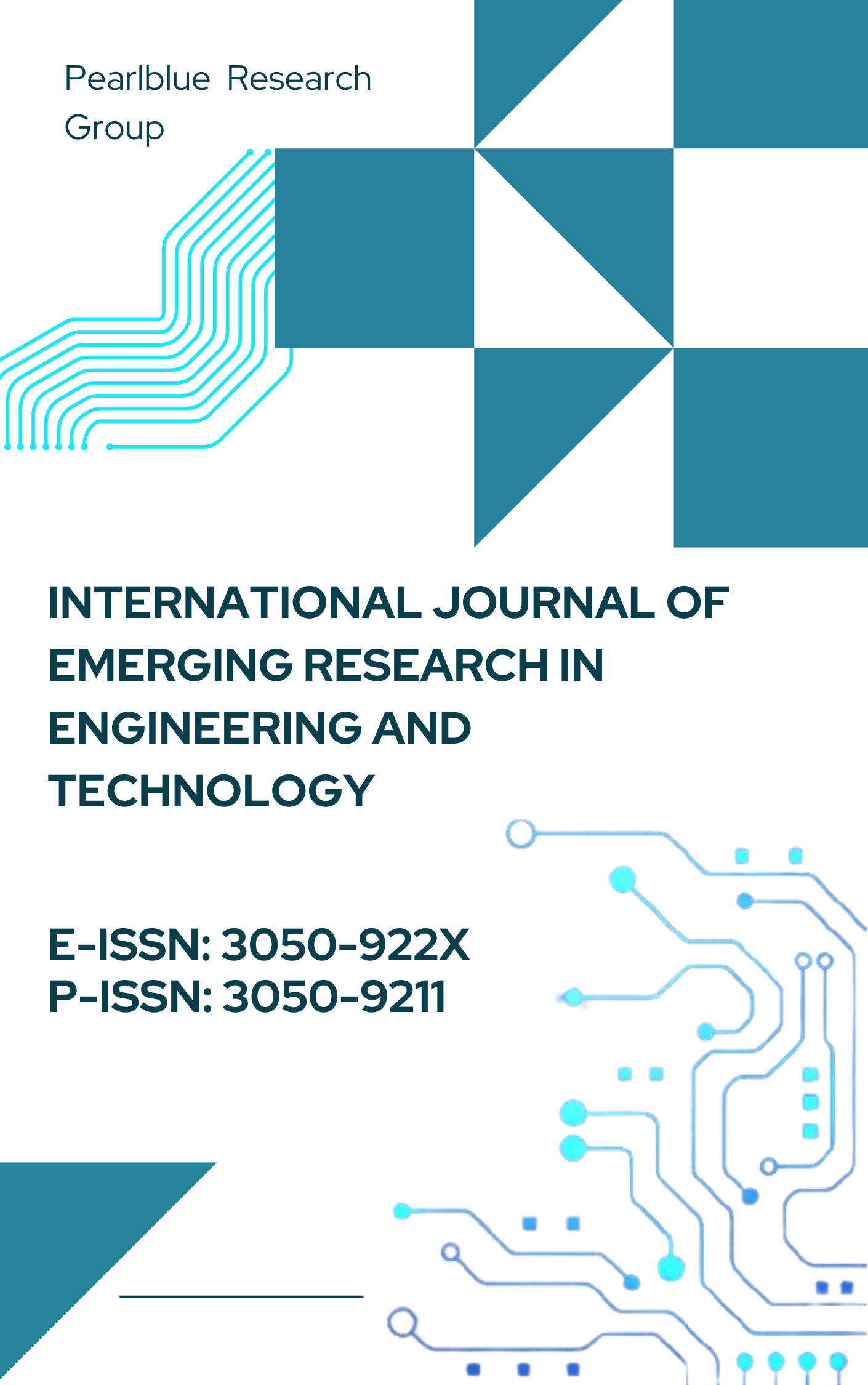Secure Cloud Infrastructures for Deploying AI-Powered Drug Discovery Pipelines
DOI:
https://doi.org/10.63282/3050-922X.IJERET-V3I4P106Keywords:
Cloud Computing, Artificial Intelligence, Drug Discovery, Federated Learning, Data Privacy, Homomorphic EncryptionAbstract
The past few years have witnessed the peak of Artificial Intelligence (AI) and drug discovery; a union that has led to more precise, quicker and cheaper predictions of drugs. Nevertheless, biomedical data needs a special selection of secure and scalable infrastructure due to its delicate requirements and enormous computational demands. Although cloud computing has been found to be an available platform to host AI-driven drug discovery pipelines, issues of data security, privacy, compliance, and performance are still affecting it. The present paper contains a detailed analysis of safe cloud systems that are specific to AI-based drug discovery. It describes the essential elements of data encryption, federated learning, homomorphic encryption, Trusted Execution Environments (TEEs), and blockchain towards auditability. The research addresses how AI-based drug discovery systems are designed and shows each of the processes (molecular screening and lead optimization). To achieve this, we introduce an architecture supporting a hybrid cloud environment and balancing between performance and regulatory needs, including providing methods of data anonymization and Secure Multi-Party Computation (SMPC) to use in collaborative studies. Based on simulations and comparative analysis, we can assess cloud providers, security frameworks, and AI frameworks. These findings show that, given proper settings and security measures, AI-powered drug discovery is possible using cloud infrastructure safely and efficiently while still ensuring HIPAA, GDPR, and FDA compliance. The publication provides a reference model and best practices in designing implementations of future secure AI-based biomedical research platforms
References
[1] Zhavoronkov, A., Ivanenkov, Y. A., Aliper, A., Veselov, M. S., Aladinskiy, V. A., Aladinskaya, A. V., ... & Aspuru-Guzik, A. (2019). Deep learning enables rapid identification of potent DDR1 kinase inhibitors. Nature biotechnology, 37(9), 1038-1040.
[2] McMahan, B., Moore, E., Ramage, D., Hampson, S., & y Arcas, B. A. (2017, April). Communication-efficient learning of deep networks from decentralized data. In Artificial Intelligence and statistics (pp. 1273-1282). PMLR.
[3] Costan, V., & Devadas, S. (2016). Intel SGX explained. Cryptology ePrint Archive.
[4] Ching, T., Himmelstein, D. S., Beaulieu-Jones, B. K., Kalinin, A. A., Do, B. T., Way, G. P., ... & Greene, C. S. (2018). Opportunities and obstacles for deep learning in biology and medicine. Journal of the Royal Society Interface, 15(141), 20170387.
[5] Chen, H., Engkvist, O., Wang, Y., Olivecrona, M., & Blaschke, T. (2018). The rise of deep learning in drug discovery. Drug discovery today, 23(6), 1241-1250.
[6] Hashem, I. A. T., Yaqoob, I., Anuar, N. B., Mokhtar, S., Gani, A., & Khan, S. U. (2015). The rise of “big data” on cloud computing: Review and open research issues. Information systems, 47, 98-115.
[7] Rajkomar, A., Dean, J., & Kohane, I. (2019). Machine learning in medicine. New England Journal of Medicine, 380(14), 1347-1358.
[8] Gentry, C. (2009). A fully homomorphic encryption scheme. Stanford University.
[9] Vayena, E., Blasimme, A., & Cohen, I. G. (2018). Machine learning in medicine: addressing ethical challenges. PLoS medicine, 15(11), e1002689.
[10] Voigt, P., & Von dem Bussche, A. (2017). The EU General Data Protection Regulation (GDPR). A practical guide, 1st ed., Cham: Springer International Publishing, 10(3152676), 10-5555.
[11] Guedj, M., Swindle, J., Hamon, A., Hubert, S., Desvaux, E., Laplume, J., ... & Moingeon, P. (2022). Industrializing AI-powered drug discovery: Lessons learned from the Patrimony computing platform. Expert Opinion on Drug Discovery, 17(8), 815-824.
[12] Gupta, R., Srivastava, D., Sahu, M., Tiwari, S., Ambasta, R. K., & Kumar, P. (2021). Artificial intelligence to deep learning: machine intelligence approach for drug discovery. Molecular diversity, 25, 1315-1360.
[13] Navale, V., & Bourne, P. E. (2018). Cloud computing applications for biomedical science: A perspective. PLoS computational biology, 14(6), e1006144.
[14] Luo, J., Wu, M., Gopukumar, D., & Zhao, Y. (2016). Big data application in biomedical research and health care: a literature review. Biomedical informatics insights, 8, BII-S31559.
[15] Tripathi, M. K., Nath, A., Singh, T. P., Ethayathulla, A. S., & Kaur, P. (2021). Evolving scenario of big data and Artificial Intelligence (AI) in drug discovery. Molecular Diversity, 25, 1439-1460.
[16] Zhang, L., Tan, J., Han, D., & Zhu, H. (2017). From machine learning to deep learning: progress in machine intelligence for rational drug discovery. Drug discovery today, 22(11), 1680-1685.
[17] Vamathevan, J., Clark, D., Czodrowski, P., Dunham, I., Ferran, E., Lee, G., ... & Zhao, S. (2019). Applications of machine learning in drug discovery and development. Nature reviews Drug discovery, 18(6), 463-477.
[18] Sun, L., Jiang, X., Ren, H., & Guo, Y. (2020). Edge-cloud computing and artificial intelligence in internet of medical things: architecture, technology and application. IEEE Access, 8, 101079-101092.
[19] Gawehn, E., Hiss, J. A., & Schneider, G. (2016). Deep learning in drug discovery. Molecular informatics, 35(1), 3-14.
[20] Tallis, H., Kareiva, P., Marvier, M., & Chang, A. (2008). An ecosystem services framework to support both practical conservation and economic development. Proceedings of the National Academy of Sciences, 105(28), 9457-9464.



